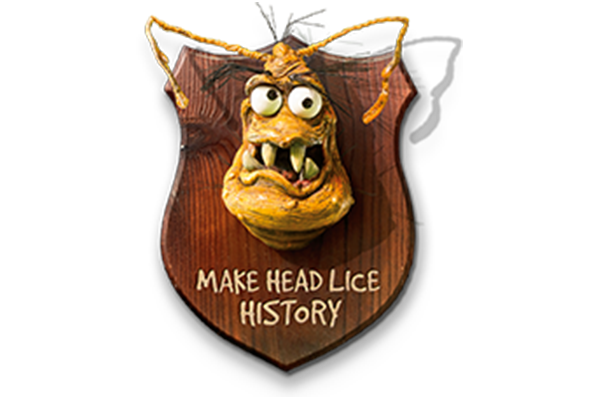1. Mayo Clinic. Head Lice. [Internet][cited 27 April 2021] Available from: https://www.mayoclinic.org/diseases-conditions/head-lice/symptoms-causes/syc-20356180
2. Healthline. What Do Lice Look Like? [Internet][cited 2 May 2021] Available from: https://www.healthline.com/health/what-do-head-lice-look-like#Outlook-and-prevention.
3. Global Health – Division of Parasitic Disease. Centres for Disease Control and Prevention. [Internet] [cited 27 April 2021]. Available from: https://www.cdc.gov/parasites/lice/head/gen_info/faqs.html
4. Head lice infestations: A clinical update. Paediatr Child Health. 2004;9(9):647-657. doi:10.1093/pch/9.9.647=
5. Nash B. Treating head lice. BMJ. 2003;326(7401):1256-1257. doi:10.1136/bmj.326.7401.1256
6. Centers for Disease Control and Prevention. Parasites. Lice. [Internet][cited 2 May 2021] Available from: https://www.cdc.gov/parasites/lice/head/biology.html#:~:text=Adult%20lice%20can%20live%20up,2%20days%20off%20the%20host.
7. InformedHealth.org [Internet]. Cologne, Germany: Institute for Quality and Efficiency in Health Care (IQWiG); 2006-. Head lice: Overview. 2008 Mar 5 [Updated 2018 Dec 13]. Available from: https://www.ncbi.nlm.nih.gov/books/NBK279329/
8. Healthline. A Close Look at Lice Bites. [Internet][cited 28 April 2021] Available from: https://www.healthline.com/health/lice-bites#:~:text=They%20bite%20anywhere%20they%20are,the%20bites%20can%20become%20infected.
9. Speare R, Cahill C, Thomas G. Head lice on pillows, and strategies to make a small risk even less. Int J Dermatol. 2003 Aug;42(8):626-9. doi: 10.1046/j.1365-4362.2003.01927.x. PMID: 12890107.
10. Healthline. Head Lice Infestation. [Internet][cited 28 April 2021] Available from: https://www.healthline.com/health/head-lice#risk-factors
11. InformedHealth.org [Internet]. Cologne, Germany: Institute for Quality and Efficiency in Health Care (IQWiG); 2006-. Head lice: Overview. 2008 Mar 5 [Updated 2018 Dec 13]. Available from: https://www.ncbi.nlm.nih.gov/books/NBK279329/
12. AusMed Head Lice: What they are and how to get rid of them. [Internet][cited 19 May 2021] Available from: https://www.ausmed.com.au/cpd/articles/head-lice
13 Centers for Disease Control and Prevention. Parasites. Lice. Parasites. Treatment FAQs. [Internet][cited 2 May 2021] Available from: https://www.cdc.gov/parasites/lice/head/gen_info/faqs_treat.html
14. Texas Department of State Health Services. Head Lice Fact Sheet. [Internet][cited 28 April 2021] Available from: https://www.dshs.texas.gov/region1/documents/Epi/Head-Lice-Fact-Sheet.pdf
15. Tisserand R, Young R. Essential Oil Safety - E-Book: A Guide for Health Care Professionals. Elsevier Health Sciences; 2013.
16. Essential Oils for Pregnancy: What’s Safe and What to Avoid [Internet]. Healthline 2020 [cited 2020 Dec 18]; Available from: https://www.healthline.com/health/pregnancy/essential-oils-for-pregnancy

